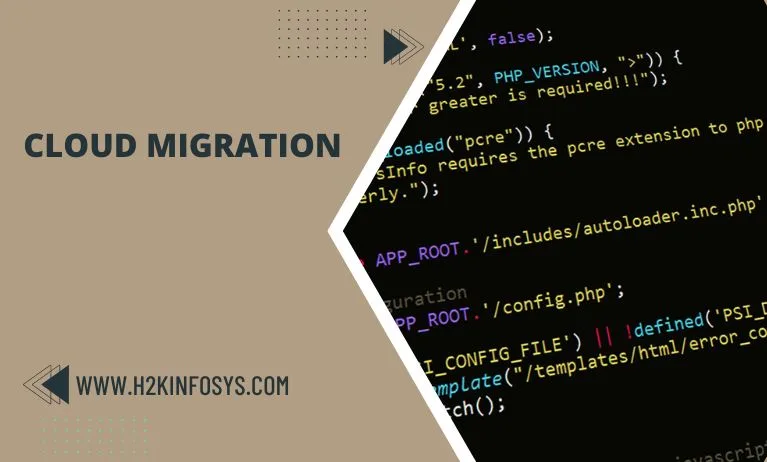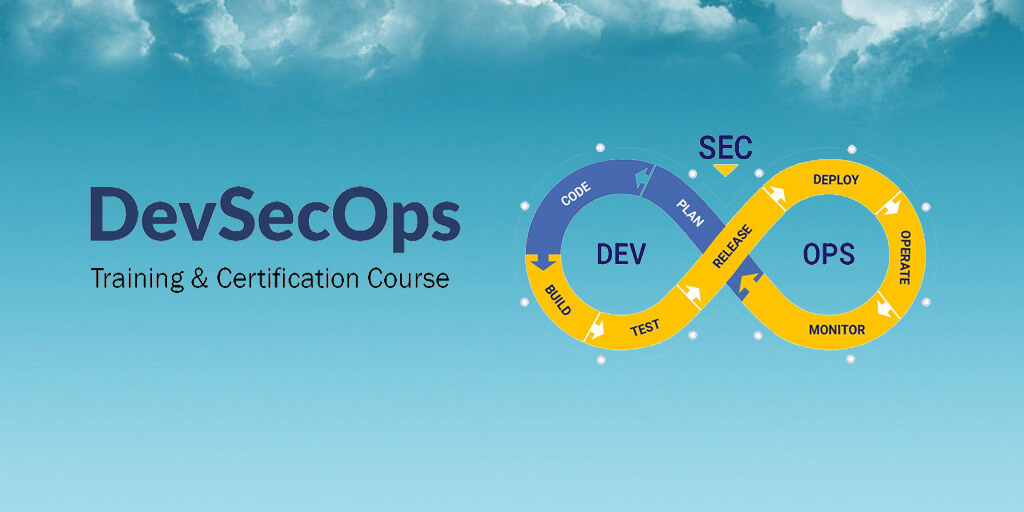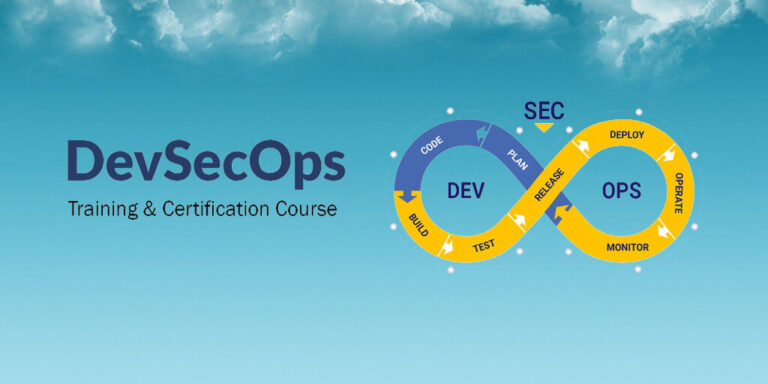What is Cloud migration?
Cloud migration is a procedure of movement of data, applications, or maybe other business elements. Many various types of cloud migrations an enterprise will perform. The common model is to transfer the data applications from the local premises data center to the public cloud. Cloud migration may be moving data and applications from one cloud platform or maybe a provider to another. This sample model will be known as cloud-cloud migration.
The benefits of cloud migration?
Generally, the goals or benefits of cloud migration are essentially the same as any reason to use the cloud. Mainly to host applications and data, in the most effective IT environment possible that is based on factors like cost, performance, and also security.
Numerous organizations move on-premises applications and data from the local data center to public cloud infrastructure that may take advantage of the greater elasticity, self-service provisioning, and redundancy and it is flexible as a pay-per-use model.
The cloud migration strategies include:
- Assess- This on-premises infrastructure and application fleet
- Map- Its application, network, and data dependencies and topology.
- Select- The applications which are suitable highly for cloud migration and assess cloud service options to map selected applications to the optimal choice of Iaas, Paas, and Saas.
- Develop- It is a migration plan and process flow to account for important details like data replication, account logins, and also connections that have dependent apps.
- create- It has a proper cloud hosting environment for Iaas, paas legacy.
- Replicate- These application images and dependencies
- Stage this is a test application images and also dependencies.
- Verifying the environment of the pilot for security and regulatory compliance before the cutting over. Lastly, hardened security and performance optimization are necessary.
Cloud migration Deployment models
Many enterprises these days are having more cloud migration scenarios which they choose
- Where the public cloud allows more users to access computer resources through the internet.
- The private cloud keeps data within the data center and uses a proprietary architecture.
- The hybrid cloud model mixes public and private cloud models and transfers data between the two.
- Here in many cloud scenarios, a business uses Iaas options from more than one public cloud provider.
The cloud migration process:
The process an enterprise follows may differ based on the factors like the type of migration that it wants, which performs, and the particular resources it wants. The common elements of any cloud migration strategy are
- Verification or evaluation of the performance and security requirements
- Selection of a particular cloud provider
- Calculation of any costs or values.
- The recognition deemed necessary
Based on the details of the migration, an enterprise may choose to move an application that is directly from the local servers to the hosting environments in the cloud without any changes; the model sometimes is referred to as a lift-shift migration.
IT management refers to refactoring an application that makes financial sense. That calculates the cost, performance, and security where it will analyze the ROI. One route to move data and apps to the cloud is by the public internet or maybe by private which is determined by network connection.
Cloud migration testing:
While the task is heavy and will move to any production, it is always stress tested and optimized to deliver acceptable performance. It also is important to test failure conditions as well as redundant systems. From the cloud migration testing strategy that confirms an application’s baseline strategy.
Cloud migration Security
It is notified especially for security realities while the cloud migrates. Migrating data through the network potentially opens up the vectors to various types of attacks that are stealing credentials and also VM shots that are installing malware or maybe thrashing the persistent denial of service attack that forces repeated migrations.
What are good practices to make sure cloud migration is successful?
There are some guidelines to process and improve chances of success
- Get organization buy-in- The transition will be smoother when the stakeholders are always on board and also will know their roles from the management to technical practitioners to the users.
- Explaining the cloud roles and ownership- By determining proper rights upfront who is responsible to manage many aspects of the cloud workload?
- Selecting the correct cloud services- Here the proper cloud providers will have a menu of services that they choose from.
- Understanding security risks- Cloud environments can be suspected of mischief from internet attacks.
- We have determined the costs of the cloud – here the cloud pays as we go. The model may seem attractive and simpler to organizations used for large infrastructure investments.
- It is a device having a longer period for a cloud road map- If a cloud migration will be successful the organizations are likely to look to replicate the success for the workloads.
The determined scenarios for the cloud migration failure. It may always be of poor latency, concerns for security, or maybe because of compliance challenges.
The managers should always scrutinize their own premises applications when they make their early choice about which should move to the cloud environment.
Questions
- What is cloud migration?
- What are the features of cloud migration?





























